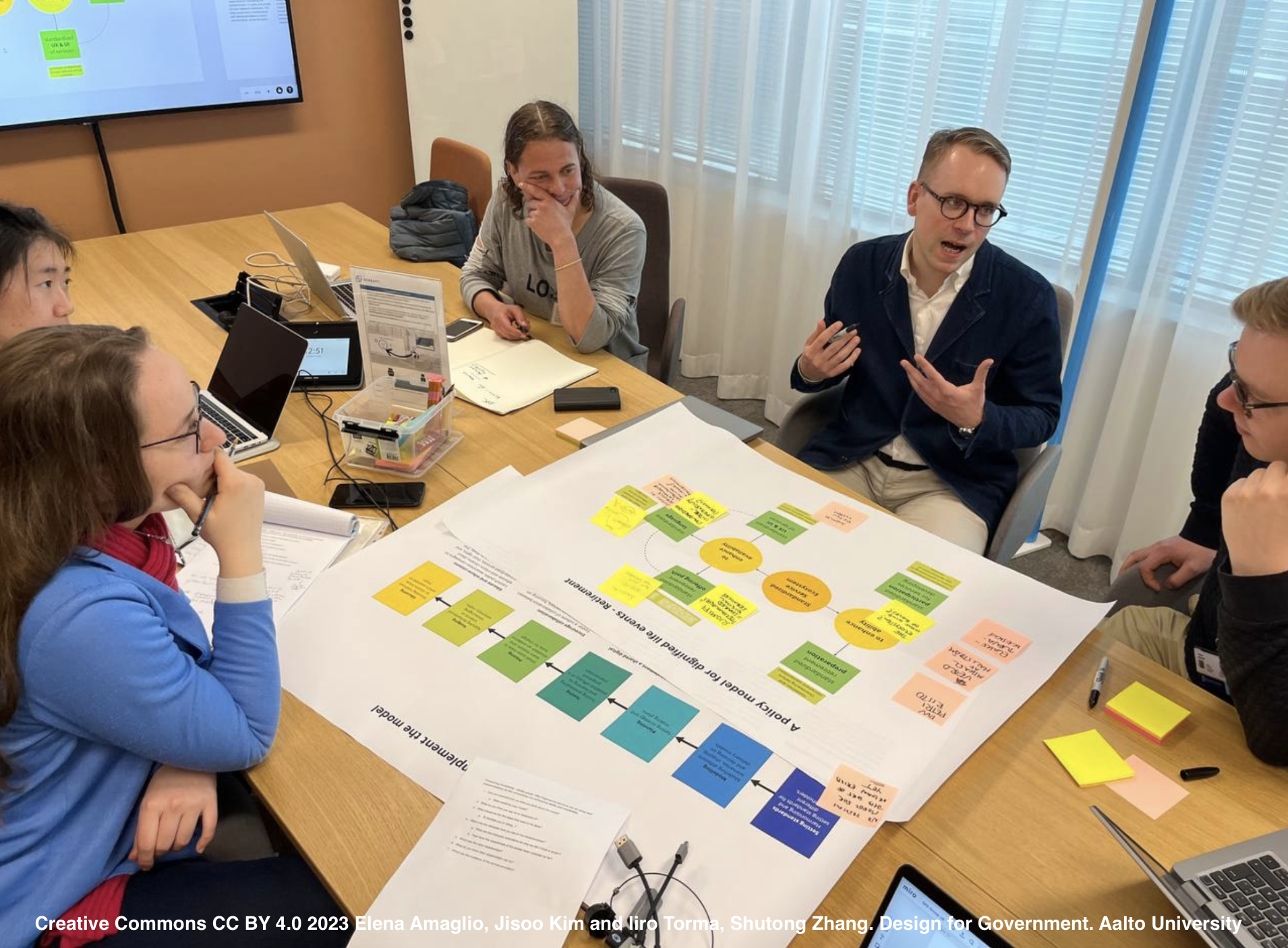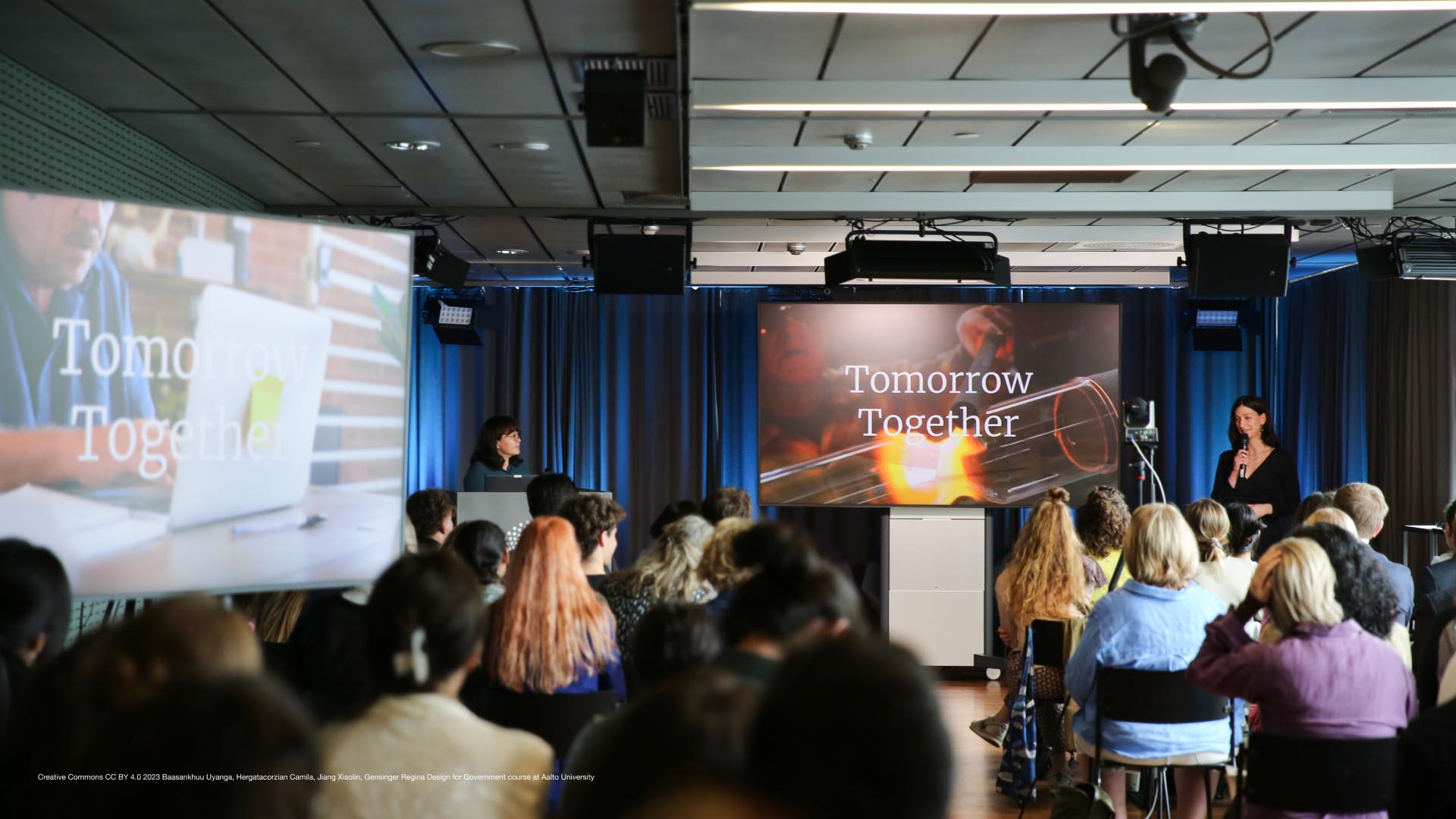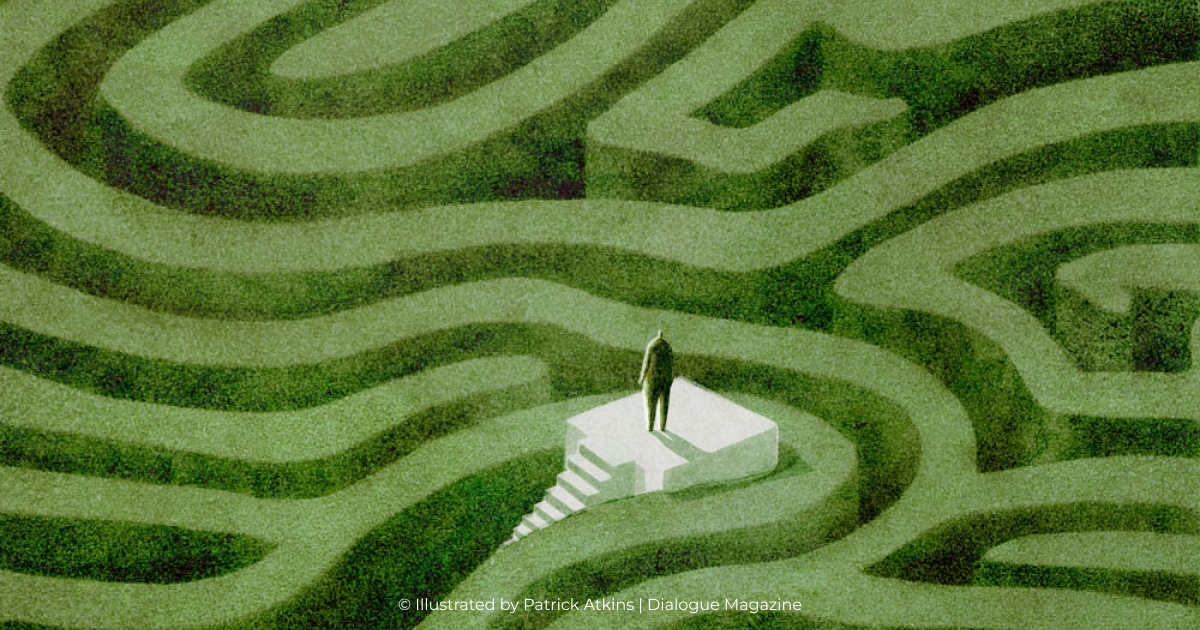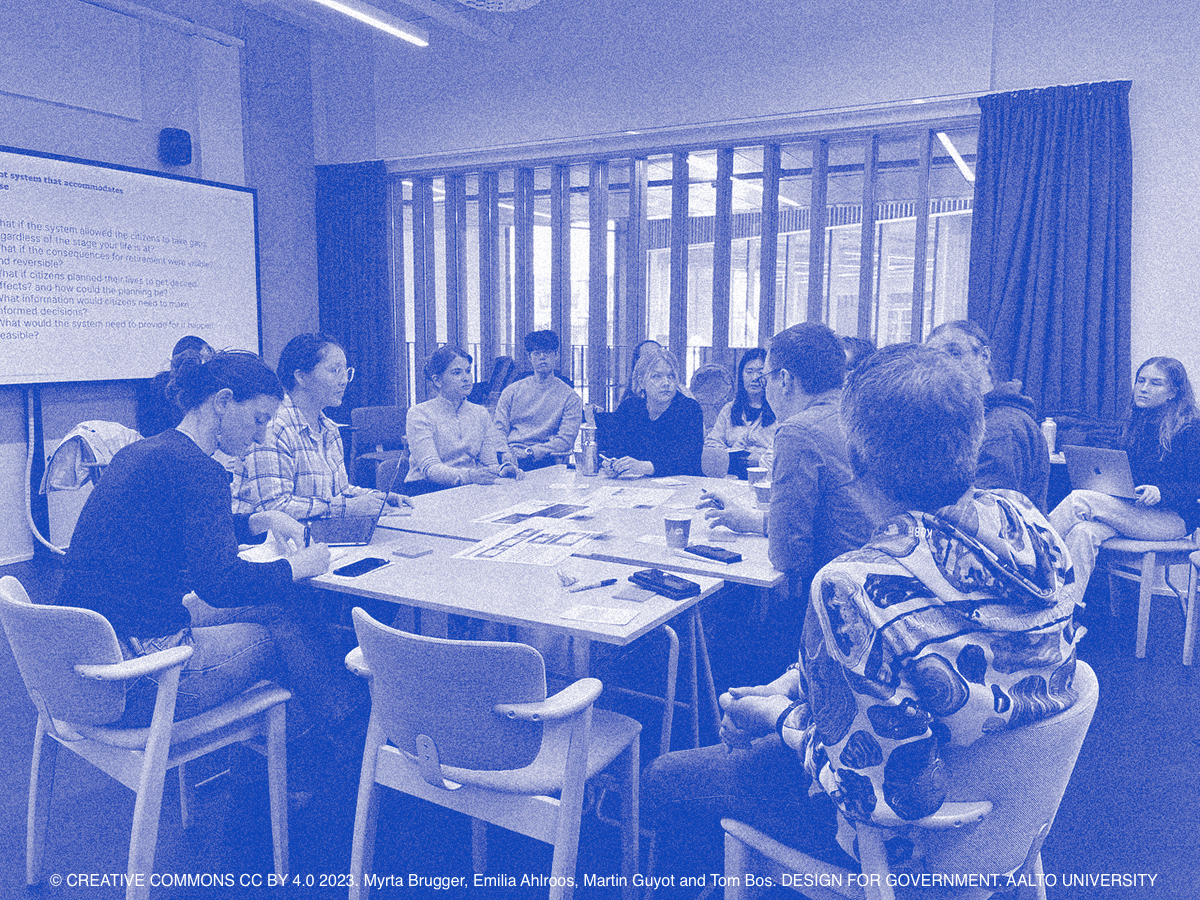Helsinki — A Great Place to Die?
How do you understand aging, participation, and open government? This spring,
our class is exploring how Finland’s commitment to open governance supports older citizens as
active participants in society. In this blog, we’ll discuss key aspects of our research, including
language alignment, challenges of meaningful participation, and the strengths and limitations of
incremental policy change.









